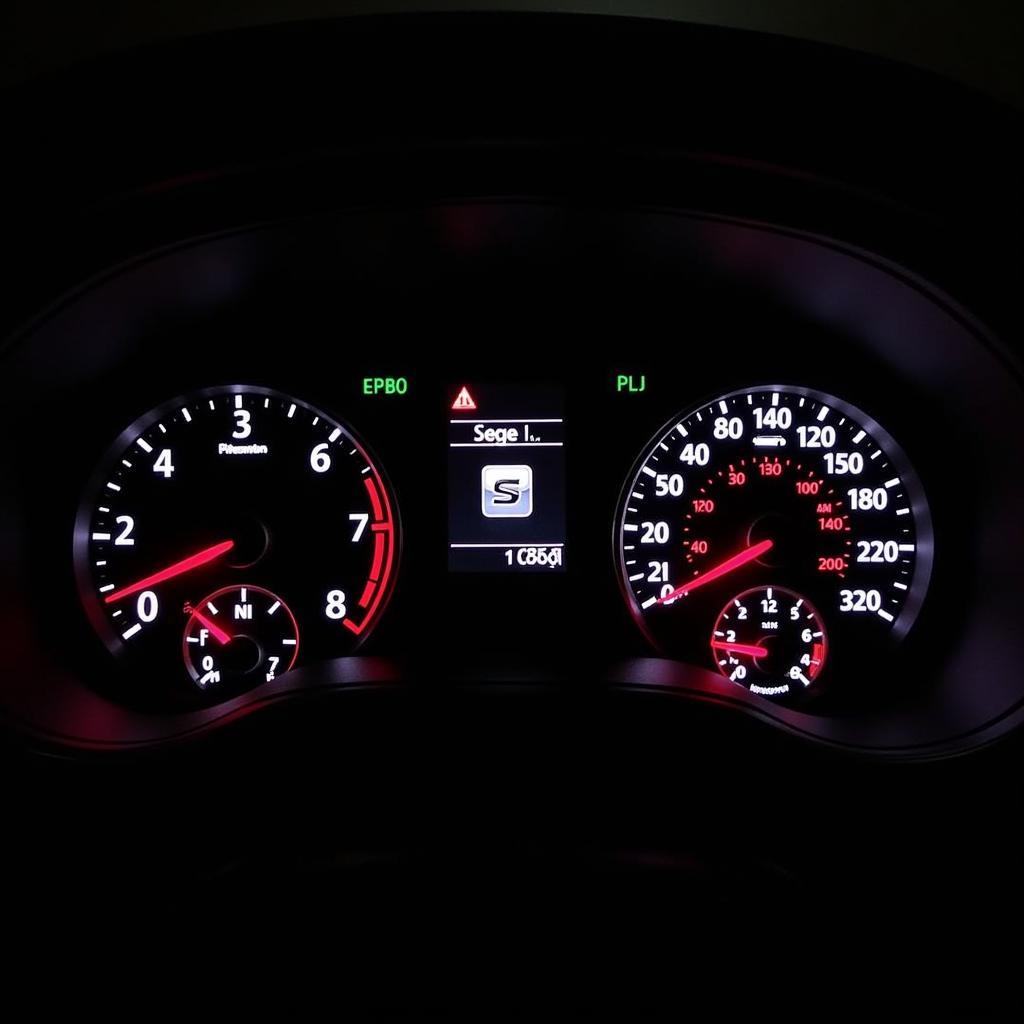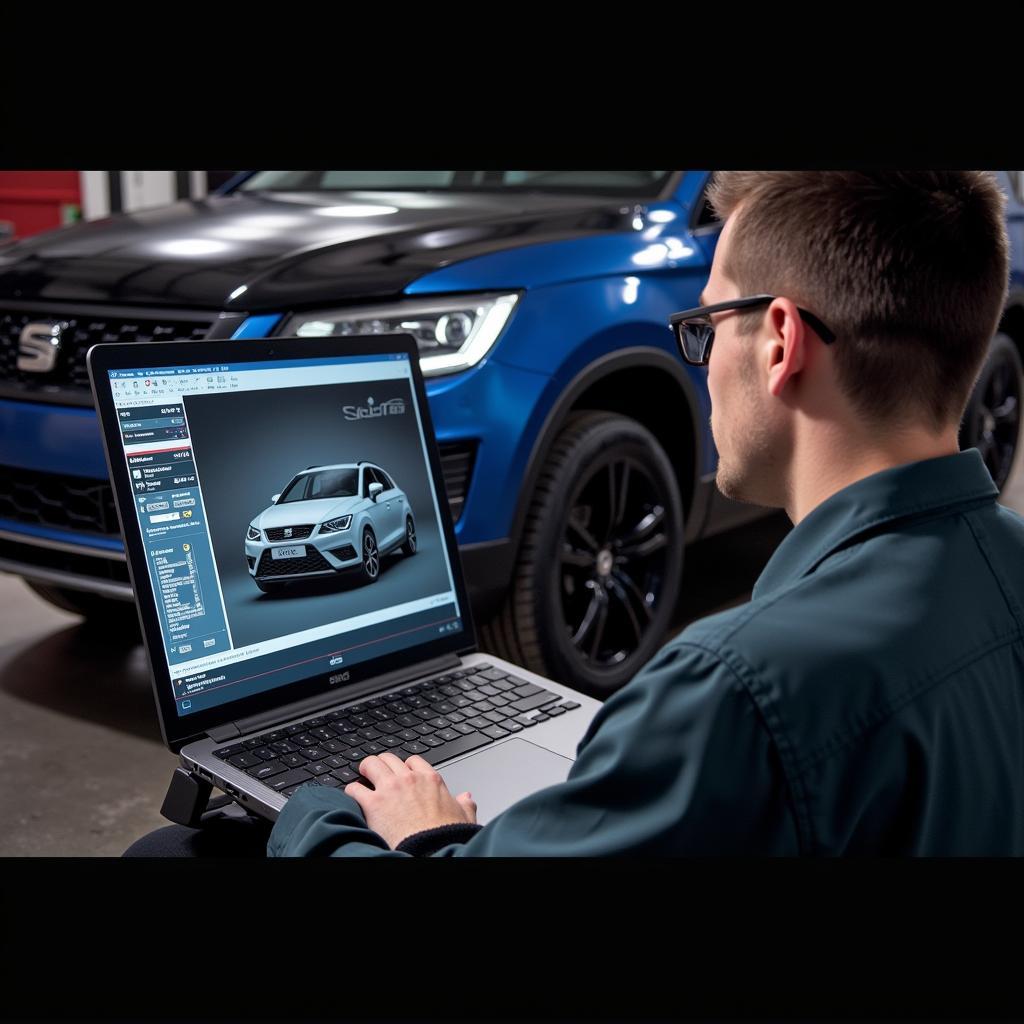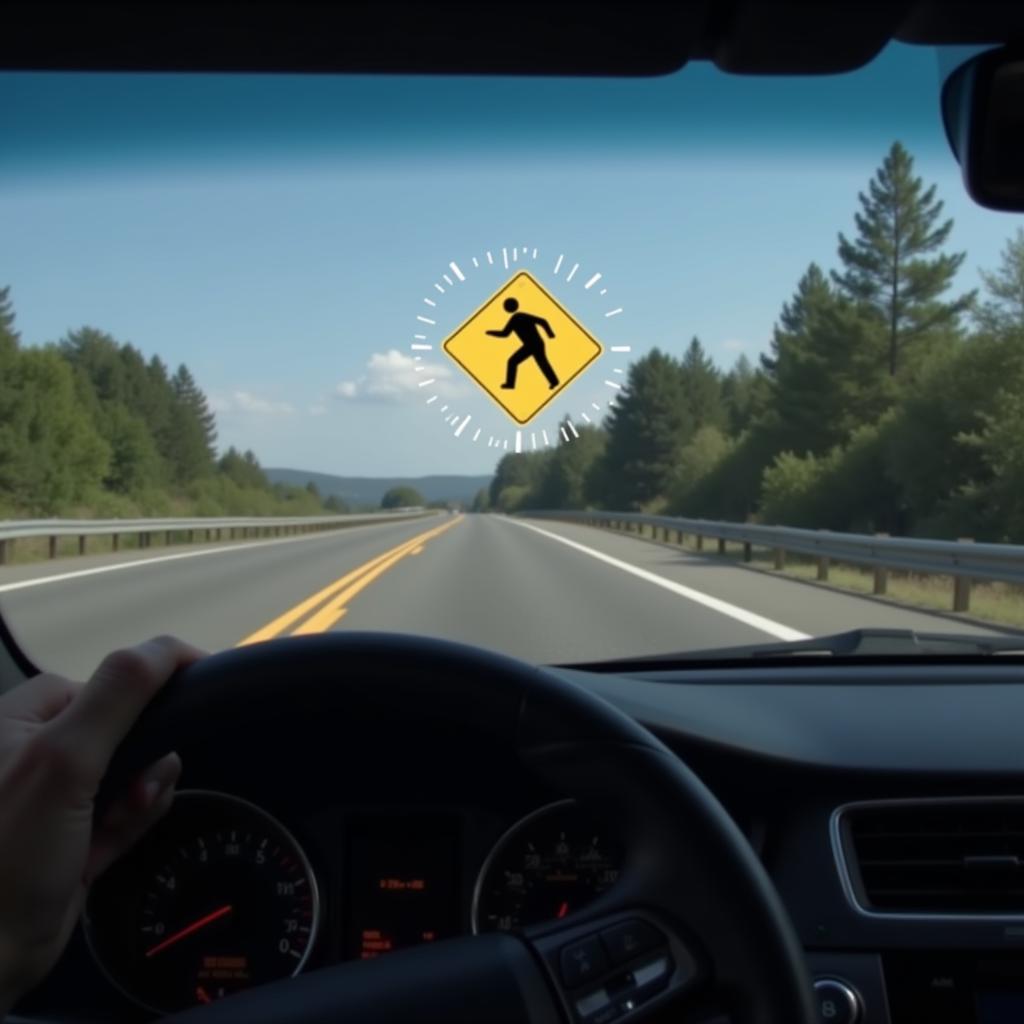The Seat Exeo, a sleek and sophisticated sedan, unfortunately, doesn’t come with the ability to speak to us directly about its needs. Instead, it relies on a series of dashboard warning lights to communicate potential issues. While some lights are merely reminders for routine maintenance, others can signal more serious problems requiring immediate attention. This comprehensive guide aims to equip you with the knowledge to decipher these warning lights and take appropriate action.
 Seat Exeo Dashboard Warning Lights
Seat Exeo Dashboard Warning Lights
Common Seat Exeo Dashboard Warning Lights and Their Meanings
Understanding the language of your car’s warning lights can mean the difference between a minor fix and a costly repair. Here’s a breakdown of some frequently encountered Seat Exeo dashboard warning lights:
Engine Management Light
Appearance: This light, often depicted as a stylized engine outline, is a common sight on many dashboards.
Meaning: The engine management light, also known as the “check engine” light, can indicate a range of issues, from minor sensor malfunctions to more significant problems with the engine control unit (ECU).
Action: While not always an immediate cause for alarm, ignoring this light can lead to more severe damage over time. It’s crucial to have your Exeo diagnosed by a qualified technician, preferably one specializing in Seat vehicles, using a diagnostic tool to pinpoint the root cause.
Electronic Stability Program (ESP) Light
Appearance: This light typically features a car with skid marks, signifying a loss of stability.
Meaning: The ESP light illuminates when the vehicle’s electronic stability program, designed to maintain traction and prevent skidding, is activated or experiencing a malfunction.
Action: If the ESP light flickers momentarily during driving, it indicates the system is actively working. However, a continuously illuminated light suggests a potential issue with the ESP system, requiring professional inspection.
 Seat Exeo ESP Warning Light
Seat Exeo ESP Warning Light
Tire Pressure Monitoring System (TPMS) Light
Appearance: Commonly represented by an exclamation mark within a tire tread cross-section, this light alerts you to tire pressure concerns.
Meaning: The TPMS light illuminates when one or more tires deviate significantly from the recommended pressure levels.
Action: Driving with underinflated or overinflated tires compromises safety and fuel efficiency. Check your tire pressure immediately and inflate or deflate as needed. If the light persists, it might indicate a problem with the TPMS sensor itself.
Anti-lock Braking System (ABS) Light
Appearance: Easily recognizable by the letters “ABS” encircled within a circle, this light signals a potential issue with your braking system.
Meaning: The ABS light illuminates if the Anti-lock Braking System, designed to prevent wheel locking during hard braking, detects a fault.
Action: While your car may still brake without ABS, the system’s absence increases the risk of skidding and losing control during emergency stops. Seek immediate professional attention to diagnose and rectify the ABS fault.
Airbag Warning Light
Appearance: Depicted as a seated figure with a deployed airbag, this light is critical for your safety.
Meaning: The airbag warning light indicates a problem within the airbag system, which may prevent the airbags from deploying during a collision.
Action: Given the crucial role of airbags in accident safety, any issue with this system requires immediate attention from a qualified technician. Ignoring this warning light puts you and your passengers at risk in the event of an accident.
Utilizing Remote Diagnostics for Seat Exeo Warning Lights
In today’s technologically advanced world, resolving car issues often extends beyond the traditional garage visit. Remote diagnostics, leveraging software and digital communication, offers a convenient and efficient solution for certain Seat Exeo warning light problems.
 Seat Exeo Remote Diagnostics
Seat Exeo Remote Diagnostics
How Remote Diagnostics Works
Specialized software allows qualified technicians to access your Seat Exeo’s onboard computer remotely, retrieve diagnostic trouble codes (DTCs), and analyze the data to identify the root cause of the illuminated warning light.
Benefits of Remote Diagnostics
- Convenience: Skip the trip to the garage; diagnostics can be performed from the comfort of your home or office.
- Speed: Remote diagnostics often provides quicker results compared to traditional methods, as technicians can promptly analyze data and provide solutions.
- Cost-effectiveness: In many cases, remote diagnostics can be more affordable than traditional in-person assessments, especially for diagnosing software-related issues.
Expert Insight: “Remote diagnostics has revolutionized the way we approach vehicle troubleshooting. For many Seat Exeo warning light issues, we can pinpoint the cause and often provide a solution remotely, saving car owners time and money.” – John Miller, Senior Automotive Diagnostic Technician.
Conclusion
Understanding the various dashboard warning lights in your Seat Exeo empowers you to address potential issues promptly and ensure a safe and enjoyable driving experience. While some lights may signal minor concerns, others require immediate professional attention. Remember, staying informed and proactive about vehicle maintenance is key to prolonging the life of your Seat Exeo and ensuring your safety on the road. Don’t hesitate to consult with a qualified technician experienced in Seat vehicles, especially if a warning light persists or you’re unsure about its meaning.


